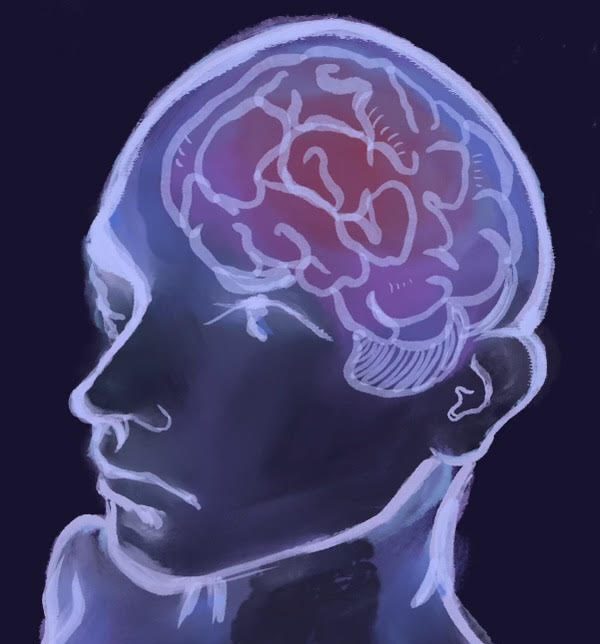The mental health of teens and adolescents has been on a decline for the past 20 years (Scientific American). With the rapid rise of social media and pressure from school, the mental well– being of teenagers has never been more important. Schools across the nation often have school psychologists, however, not many people are aware of the presence of these mental health professionals. School psychologists often help with academic and emotional challenges that arise during the school year. From addressing learning difficulties to navigating personal struggles, school psychologists play a pivotal role in creating a supportive and inclusive learning environment. Our school’s psychologist who works at both Vandegrift and Four Points Middle School, is available in aiding students in these educational and mental health needs.
“They’ve evolved a lot. The need [for psychologists] not only has been rising but the evolution of our profession too,” Licensed Special in School Psychology (LSSP) Katy O’Bannon said. “We are able to help in many different ways [and] we are more present.” Getting to know a student as a unique individual can provide more personalized support for an individual’s needs. For O’Bannon, building a relationship with a student is important in understanding their mental well-being.
“Building trust is the most important thing,” O’Bannon said. “Getting to know them as a human being so that I can better support them and advocate for them and help them to advocate for themselves.”
O’Bannon explains the prevalence of one of America’s most common mental health disorders – anxiety. This is the most common feeling teenagers experience when in need of mental health resources.
“The anxiety that has just been really prevalent in schools seems to be a common thing in helping students with.” O’Bannon said.
Mental health awareness has rapidly spread in recent times. Generation Z is more likely than previous generations to acknowledge mental health and to be willing to seek out necessary help. Occupations within the mental health industry have increased over the decade, making help more readily available to a greater number of people.
“I do think [the need] is increasing but I think along with it there’s more awareness,” O’Bannon said. “We’re talking about it more [and] people are more willing to seek out that help, and we’re more willing to accept it when it’s given.”
Mental health has long been stigmatized, and can be viewed as a flaw. Even with an increase in acceptance towards mental health, negative views on mental disorders are still present. School psychologists not only work with students, but also their parents to break down these negative ideas in order to provide the maximum amount of help.
“That is the really tricky part of our job. It’s similar to what we would do with a student,” O’Bannon said. “Building trust with the parents so that you can have more of those difficult conversations. Taking culture into context, taking their own experiences into context so you do try to understand where they’re coming from and it is our responsibility to break down those old stigmas.”
Assessing the mental well-being of a student is a difficult process. It takes a number of people to properly observe the student’s behavior in order to come to a conclusion on the adequate amount of help. Psychologists are not the only ones responsible for watching out for warning signs in a student’s mental health– teachers and counselors should be watching for concerning behaviors as well.
“You do a lot of data collection, it’s not just from that student but you’re also gathering information from other educators that have observed them in different settings. You kind of get a whole picture of how they’re functioning.” O’Bannon said.
School psychologists and social workers mostly work part-time, and are not widely known or advertised to students. Many are not aware of the mental health resources that are provided to them, and even so, it is difficult to get hold of these resources if there is not a solid system in place. O’Bannon discusses mental health workers on campus.
“Providing more mental health support in school [would help], it would be nice if we had more solid, consistent mental health people [on campus].” O’Bannon said.
School systems are constantly evolving to best fit student’s needs. However, there is still growth that can happen. Educating parents, teachers, and students on the importance of mental health can overall improve an educational environment.
“We do a good job as schools in tracking academic performance but we don’t do the best job of tracking mental health. It’s our responsibility to educate people, other teachers and other educators on how important the mental health piece [is]. Sometimes it’s harder to do with educators who are more focused on the TEKS. It’s trying to educate all in how important [mental health] is.” O’Bannon said.
Counselors are often the first people students think of when wanting immediate mental health, and while counselors can help, there are other resources within the school. Reaching out for help is rapidly becoming more accessible, in and out of the classroom. Mental health crisis services are available online, as well as mental health organizations that can further educate and spread awareness.















